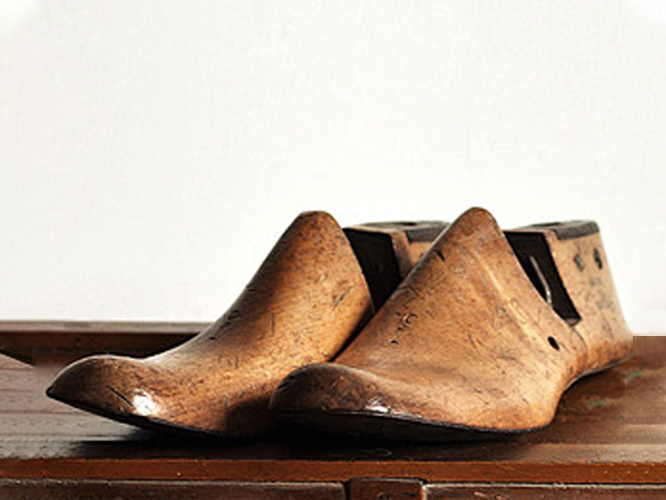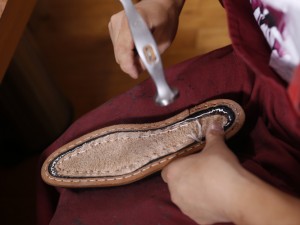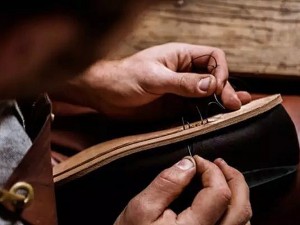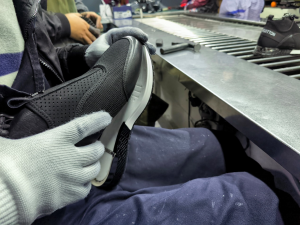When you think about a great pair of leather shoes, you probably picture the rich, polished leather, the sleek design, or maybe even that satisfying “click” as they hit the ground. But here’s something you might not consider right away: how the sole is actually attached to the upper part of the shoe. This is where the magic happens – the art of “lasting.”

Lasting is the process that brings the shoe together, quite literally. It’s when the leather upper (the part that wraps around your foot) is stretched over a shoe last – a foot-shaped mold – and secured to the sole. This is no simple task; it’s a craft that blends skill, precision, and a deep understanding of materials.
There are a few methods to attach the sole to the leather upper, each with its unique flair.
One of the most well-known methods is the Goodyear welt. Imagine a strip of leather or fabric running around the edge of the shoe – that's the welt. The upper is stitched to the welt, and then the sole is stitched to the welt. This technique is favored for its durability and the ease with which shoes can be resoled, extending their life considerably.

Then, there's the Blake stitch, a more direct method. The upper, insole, and outsole are stitched together in one go, giving the shoe a more flexible feel and a sleeker appearance. Blake-stitched shoes are great for those who want something lightweight and close to the ground.

Finally, there's the cemented method, where the sole is glued directly to the upper. This method is quick and ideal for lightweight, casual shoes. While not as durable as the other methods, it offers versatility in design.

So next time you slip on a pair of leather shoes, think about the craftsmanship beneath your feet – the careful stretching, the stitching, and the attention to detail that ensures every step feels just right. After all, in the world of custom shoemaking, it’s not just about the look; it’s about how it all comes together.
Post time: Sep-07-2024









